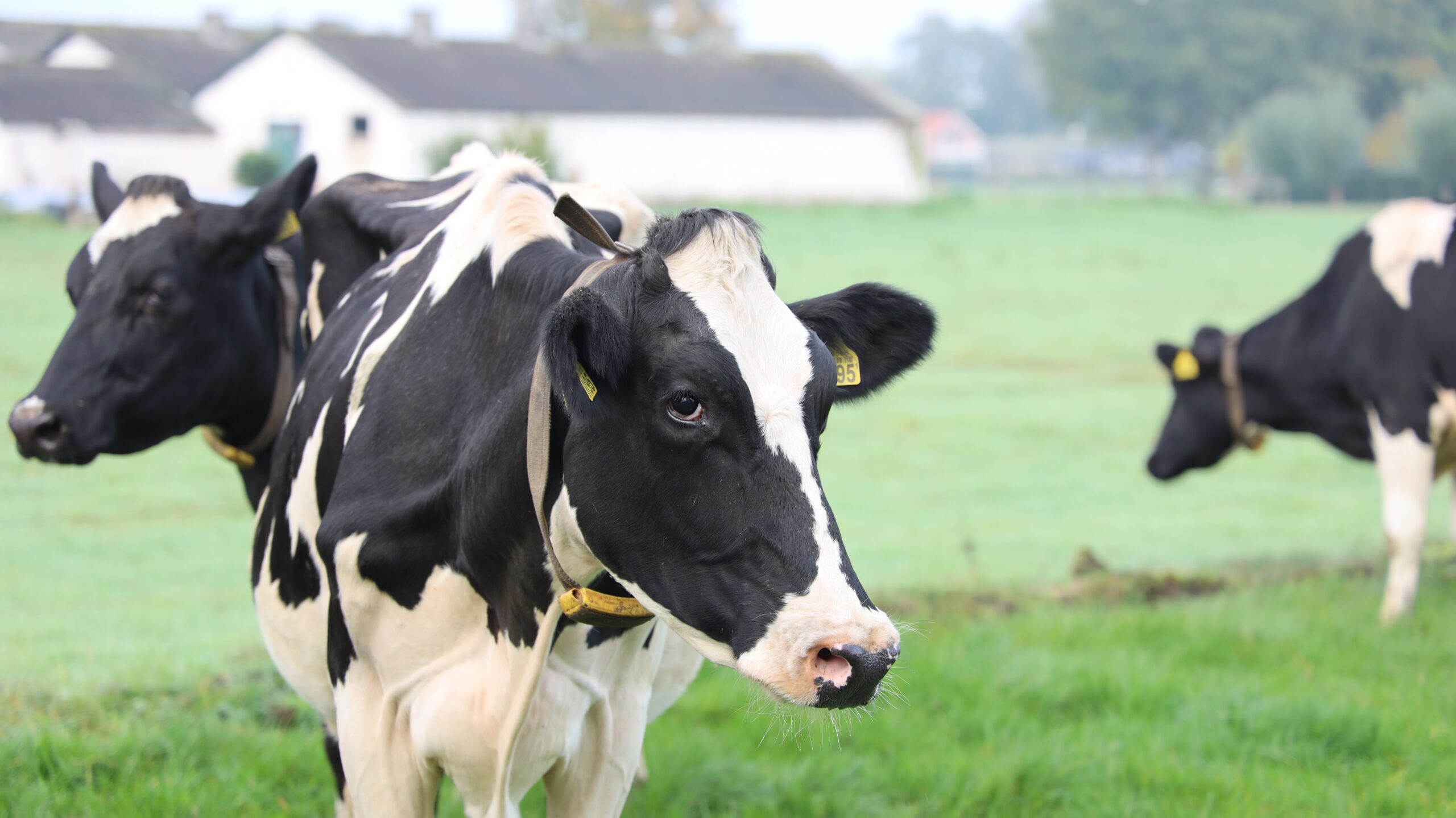The dairy industry faces numerous challenges, including antimicrobial resistance, transparency of medicine recording and the potential environmental impact of medicine use. Ensuring high herd health and using medicines responsibly are crucial aspects of addressing these challenges.
In this blog post, we will explore some of the key insights shared by veterinary consultants Jude Roberts, Graham Baird, and James Breen in a recent webinar discussing the importance of promoting herd health and responsible pharmaceutical use in the dairy industry.
Antibiotic Resistance
Antimicrobial resistance has been a longstanding concern in the dairy industry, with the potential of livestock contributing to the development of antibiotic-resistant bacteria.
“We have seen, in recent years, a number of tabloid headlines about livestock and the potential for spread of antibiotic resistance. There is now a growing body of scientific research and evidence being brought into this conversation – allowing us to be more informed and educated about the way in which we use antibiotics responsibly to minimise the impact on antibiotic resistance” Jude explains.
One of the keys to tackling antibiotic resistance is promoting responsible antibiotic use on dairy farms, which includes reducing usage, preventing disease, and using the most appropriate products for the conditions being treated.
Graham discussed resistance to the treatments that we have for parasites: “This drive towards resistance can be accentuated by the ease of use of certain products. Things like pour on applications and the persistent nature of some of the parasite chemicals that we’re using.”
Antibiotic classifications and risk assessments are essential in guiding responsible antibiotic use. The European Medicines Agency (EMA) provides a classification system and risk assessments to help facilitate the appropriate use of antibiotics in animals. Ensuring responsible and sustainable medicine use in the dairy industry requires ongoing education, monitoring, and adjustments based on these classifications and risk assessments.
Transparency of Medicine Usage
Transparency of medicine usage in dairy farms is critical in ensuring responsible use and tracking potential issues. Digital records have become increasingly common and provide a more accessible and analysable source of information compared to paper records. These digital records can help provide insights into antibiotic usage patterns, allowing for tailored advice and improvements in responsible medicine use.
Antibiotic Use in Mastitis Treatment
Udder health was highlighted as an example of how a preventative approach to herd health can reap benefits in relation to reducing antibiotic use. By improving the management of udder health, farmers can minimise the use of antibiotics, decrease the risk of bulk tank failures, and enhance the overall quality of milk products. Prompt detection and treatment of clinical mastitis events is crucial because delayed or missed detection can result in increased bacterial contamination in milk. This highlights the importance of early intervention and proper management practices to mitigate the impact of mastitis on milk quality, cow welfare, and the sustainability of dairy operations.
“While the primary objective is to reduce antibiotic usage, it is important to note that complete elimination of antibiotics in mastitis treatment is not the goal. The rational and judicious use of antibiotics is necessary for treating clinical mastitis cases. However, the emphasis should be on minimising the frequency of antibiotic treatments by preventing new cases through proactive disease management.” Explained James.
By analysing data and identifying the predominant infection patterns—whether environmental or contagious—farmers can tailor their management strategies accordingly. Implementing preventive measures, such as improved management of the milking cow environment and maintaining dry cow hygiene, can significantly reduce the incidence of mastitis and consequently decrease antibiotic usage. Collaborative efforts among farmers, vets, and industry stakeholders can further support the adoption of evidence-based practices for better mastitis control and responsible antibiotic usage in dairy herds.
Environmental Impact and Sustainable Parasite Control
The environmental impact of medicines, particularly those used for parasite control, is an area of increasing interest. The inappropriate use of parasite treatments can lead to resistance developing within the parasite population and has the potential to have a detrimental effect on non-target species. Promoting sustainable parasite control requires a holistic approach, with producers working together with their farm vets to develop control plans based on disease risk, making use of management interventions rather than treatments wherever possible.
Conclusion
Ensuring herd health and responsible medicine use in the dairy industry is crucial in addressing challenges such as antimicrobial resistance, milk residues, and environmental impact. By implementing preventative health strategies, promoting responsible antibiotic use, and maintaining transparency of medicine usage, the dairy industry can work towards a more sustainable and responsible future.


